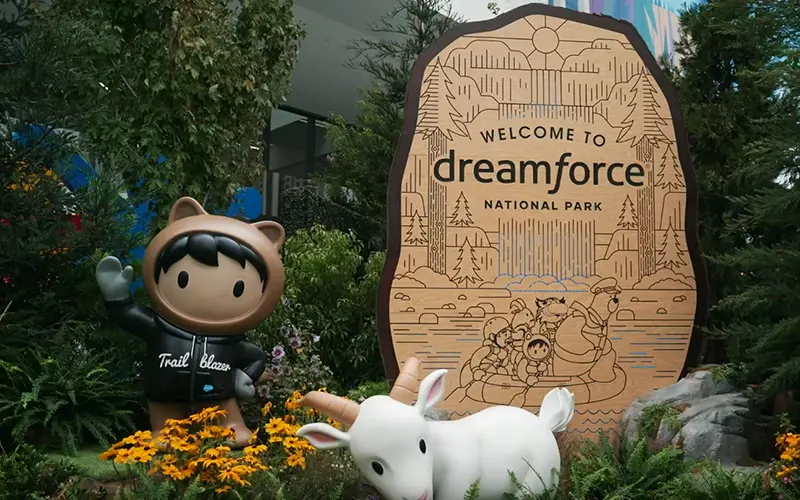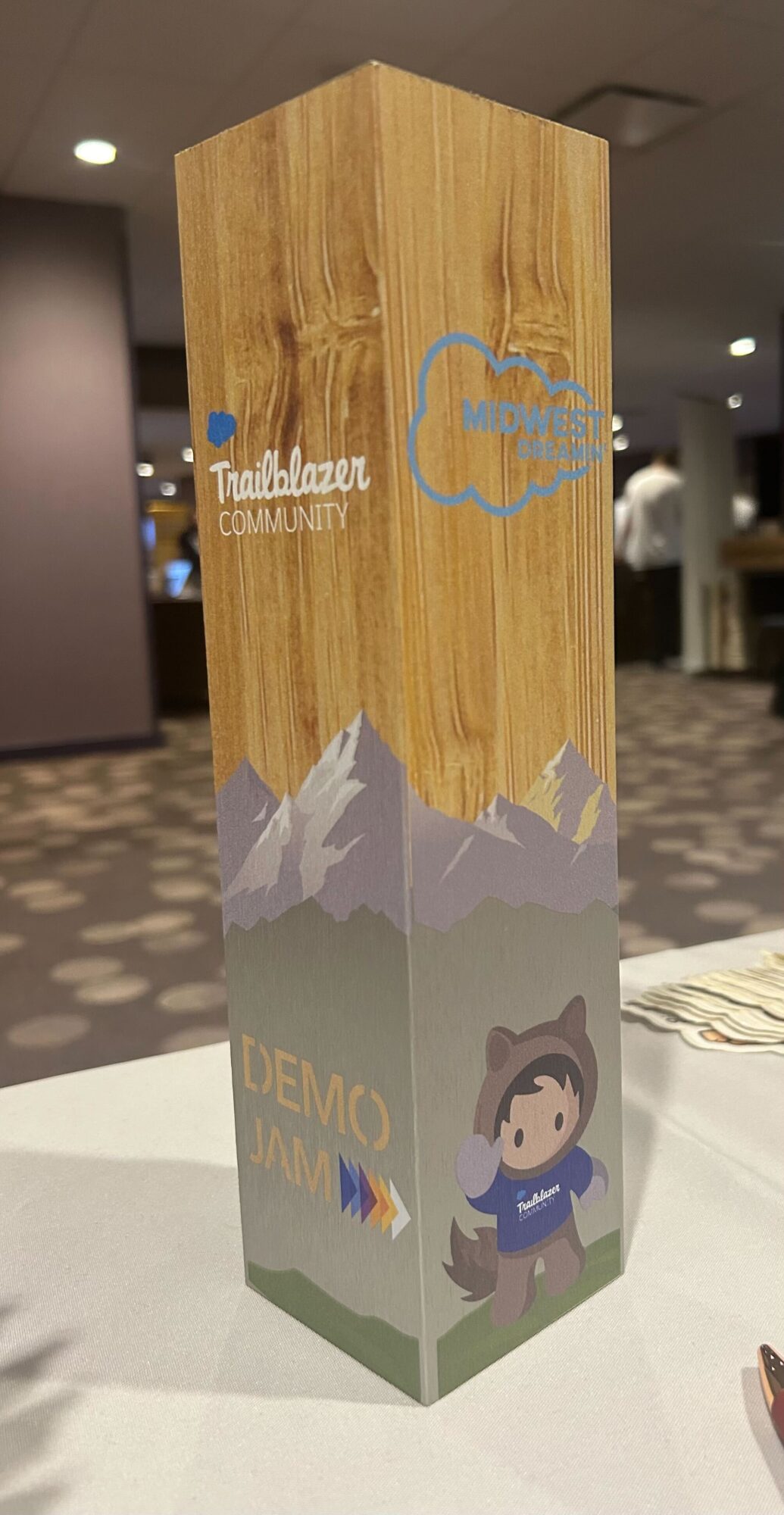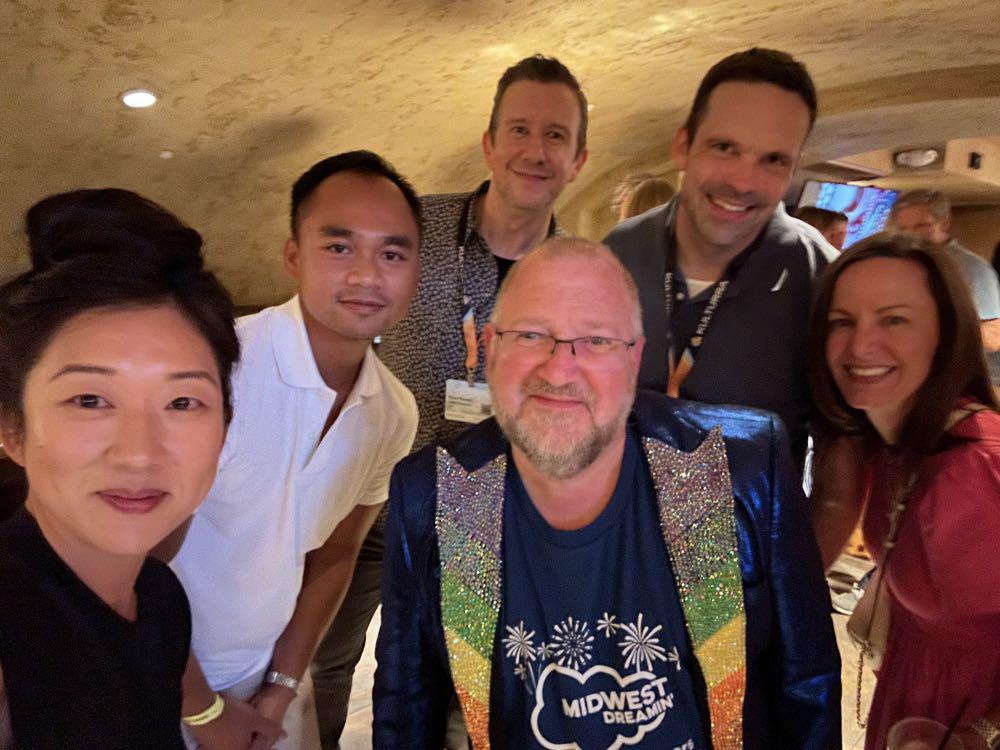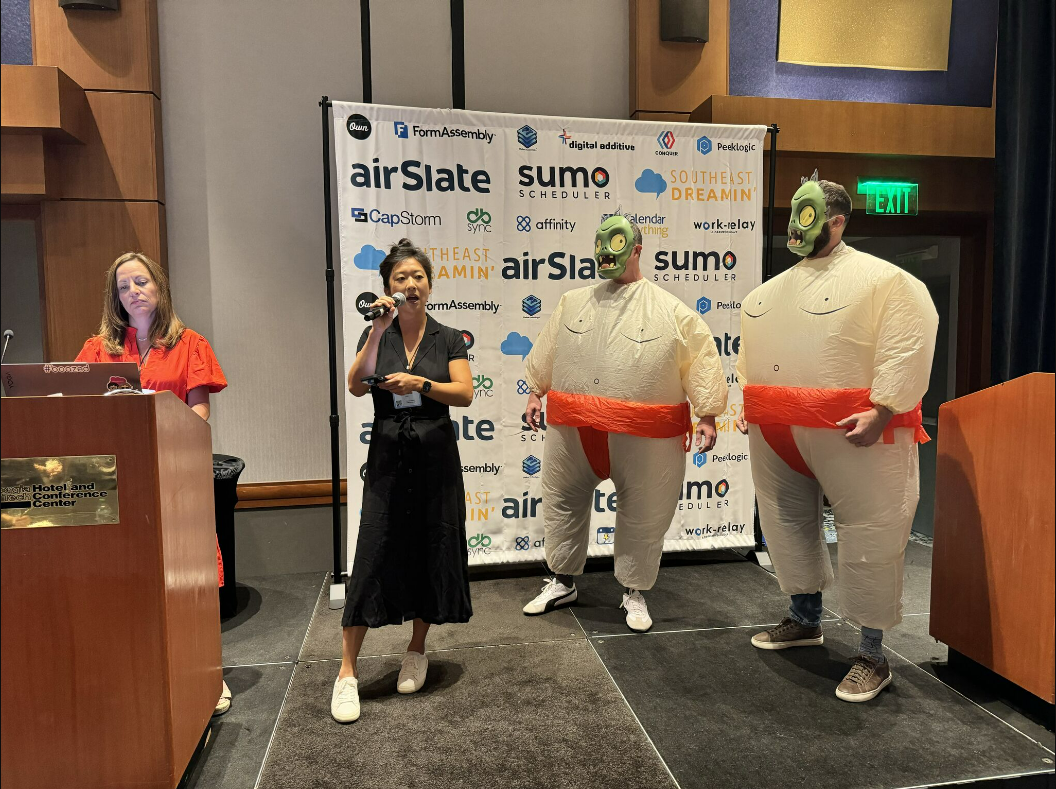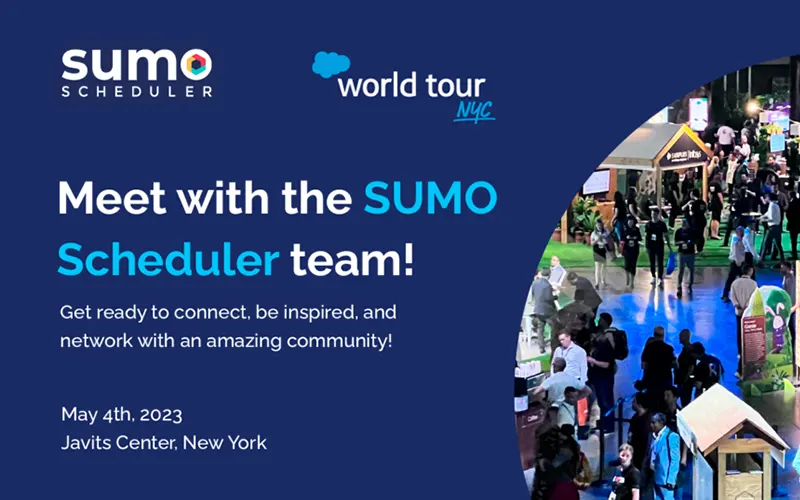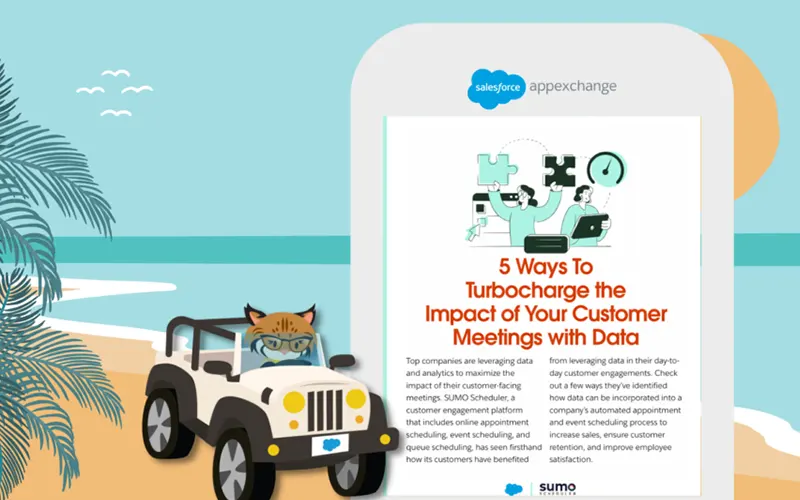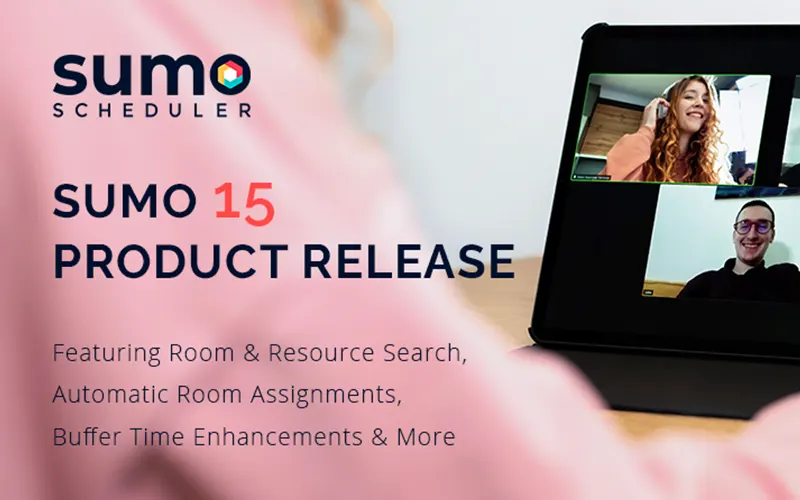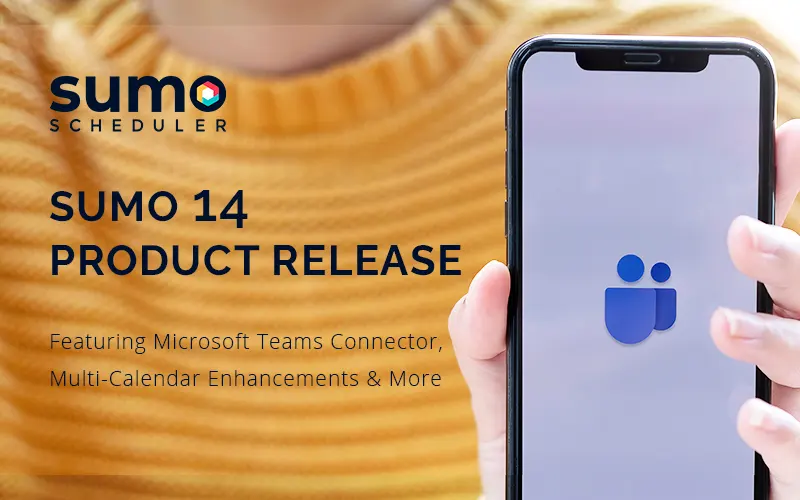Dreamforce, the flagship event of Salesforce, is a massive convergence of industry leaders, professionals, and enthusiasts from around the globe. With hundreds of sessions, networking opportunities, and countless activities, it’s easy to feel overwhelmed. But with the right strategy, you can turn this whirlwind of information and connections into a highly productive experience. Here’s how to make the most out of your time at Dreamforce, with a bonus tip on how SUMO Scheduler can help you stay on track.

1. Plan Your Dreamforce Schedule Well in Advance
Dreamforce is known for its extensive agenda. Before the event, spend time reviewing the session catalog and decide which sessions are most relevant to your goals. Prioritize keynotes, breakout sessions, and hands-on workshops that align with your current projects or areas of interest.
Bonus Tip: Use the Dreamforce mobile app to mark sessions and set reminders so you don’t miss anything important.
2. Define Clear Objectives to Achieve During Dreamforce
What do you want to achieve at Dreamforce? Whether it’s learning about the latest trends, networking with potential partners, or discovering new tools, having clear objectives will help you stay focused. Write down your top three goals and refer back to them throughout the event to ensure you’re staying on track.
3. Maximize Networking Opportunities with Strategic Engagement
Dreamforce is a prime opportunity to meet industry leaders, peers, and potential clients. Make the most of it by attending networking events, joining group discussions, and even striking up conversations between sessions. Carry business cards and be prepared to introduce yourself and your company succinctly. Follow up with new contacts after the event to nurture the relationships you’ve started.
4. Stay Agile and Adapt to Unexpected Opportunities
While it’s important to have a plan, it’s equally important to stay flexible. Dreamforce is full of surprises, from impromptu meetups to last-minute session changes. Be open to adjusting your schedule to accommodate unexpected opportunities.
5. Capture Key Takeaways with Effective Note-Taking Strategies
With so much information coming your way, it’s easy to forget key takeaways. Use a notebook, your phone, or a note-taking app to jot down important insights, ideas, and action items during sessions. This will help you remember and implement what you’ve learned once you’re back at work.
6. Balance Your Time Between Learning and Networking
It’s tempting to attend as many sessions as possible, but don’t forget to make time for networking. Balance your agenda with a mix of learning and connection-building activities. Sometimes, the most valuable insights come from conversations outside the formal sessions.
7. Prioritize Self-Care: Schedule Time to Recharge
Dreamforce can be exhausting, so make sure to schedule time for breaks. Use these moments to recharge, grab a coffee, or simply reflect on what you’ve learned. Staying refreshed will help you maintain your energy throughout the event.
8. Create a Post-Dreamforce Action Plan to Implement What You’ve Learned
The real work begins after Dreamforce. Review your notes, reflect on your goals, and create an action plan based on what you’ve learned. Reach out to new contacts with a personalized follow-up message, referencing your conversation to keep the connection alive.
Streamline Your Dreamforce Experience with SUMO Scheduler
Navigating the chaos of Dreamforce can be challenging, but SUMO Scheduler, built natively within Salesforce, offers a seamless solution. Here’s how:
- Automated Scheduling: SUMO Scheduler automates meeting bookings directly within Salesforce, allowing you to schedule from any object, case, or Community across all Salesforce clouds—no custom build or external integration required.
- Seamless Calendar Management: Since SUMO Scheduler is natively built within Salesforce, it keeps all your data securely within the platform. This means you can manage your calendar, sessions, and meetings in one place, without the risk of double bookings or data loss.
- Highly Configurable: SUMO Scheduler’s flow-based scheduler is easy to customize, enabling quick implementation so you can focus on optimizing your Dreamforce experience without technical headaches.
By leveraging SUMO Scheduler’s native Salesforce capabilities, you can streamline your schedule, enhance your productivity, and make the most out of Dreamforce. See you there!

